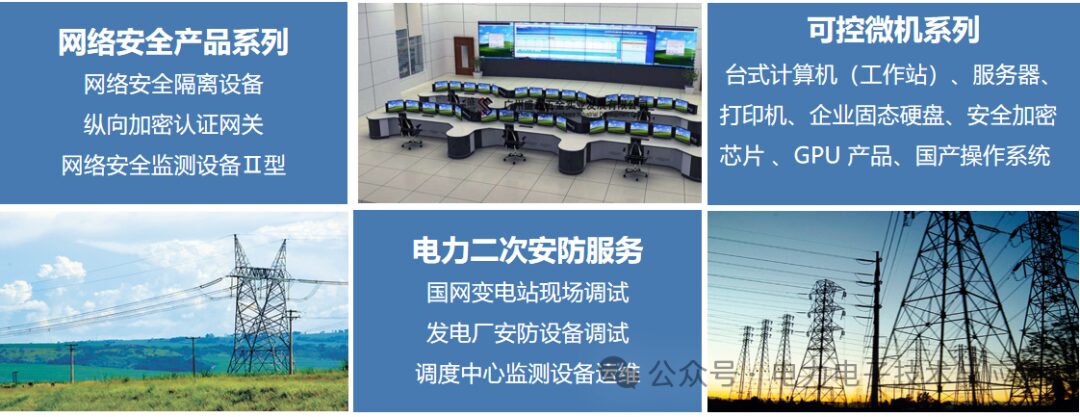With the development of social economy and technology, the quality of electric energy has increasingly attracted more attention. The advancement of technology has deteriorated the quality of electric energy while also raising higher requirements for it, with harmonics being one of the important technical indicators of electric energy quality.
Good electric energy quality is the basis for ensuring the safe, reliable, and efficient operation of power facilities and electrical equipment. With the continuous growth of electricity load, the constant expansion of the power system scale, and the increasing linear loads in the system, the “harmonic pollution” suffered by the power system has become more severe. Additionally, the internal and external faults that may occur in the power system have greatly worsened the quality of electric energy. This is especially true for power conversion equipment in industrial and mining enterprises, such as electric arc furnaces and other high-power nonlinear devices, which constantly inject harmonic currents into the power system, causing significant “pollution.”
Currently, at the user PCC (Point of Common Coupling), the content of various harmonics is calculated through conventional electric energy quality harmonic monitoring, which allows for the acquisition of background data on various harmonics. However, it cannot clearly determine whether the impact is from the system background harmonics or the pollution from enterprise users on the power grid. Moreover, since the harmonic content itself varies with the operational conditions of enterprises, it is even more challenging to quantify the amount of harmonics injected into the power grid by polluting enterprises over a certain period, making it impossible to strengthen the management of polluting enterprises.
To address the issues and shortcomings present in existing technologies, this paper provides an electric energy quality online monitoring device with secure encryption capabilities to solve the problems mentioned in the background technology.
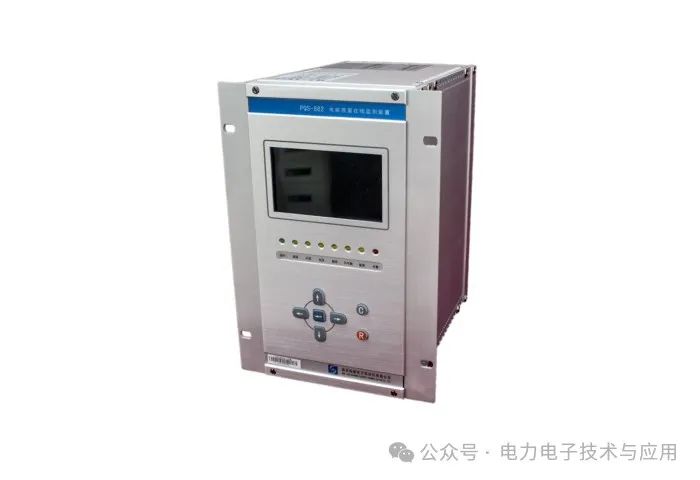
To achieve the above objectives, the following technical solutions are provided: including a power supply module, a harmonic electric energy measurement module, and a core processor module. The output terminal of the power supply module connects to the AD conversion module, MMI human-machine interaction module, and the core processor module. The input terminal of the AD conversion module is connected to the output terminal of the analog signal processing module, and the output terminals of both the AD conversion module and the harmonic electric energy measurement module are in communication with the core processor module. The core processor module communicates with the storage module, communication module, and the MMI human-machine interaction module.
The analog signal processing module includes a voltage signal processing module and a current signal processing module. The communication module includes a wired communication module and a wireless communication module. The wireless communication module supports GPRS wireless transmission and 4G wireless cloud service transmission. The output terminal of the power supply module is also connected to the core processor module through a DI/DO module. The core processor module includes electric energy quality steady-state index calculation module, electric energy quality transient index calculation module, and waveform recording module.
Compared with existing technologies, this solution has the following beneficial effects: it uses a universal wide-voltage AC/DC as the input power supply, which powers the entire device to operate. After collecting the analog signals through the analog signal processing module, the AD conversion module converts them into digital signals, and the harmonic electric energy measurement module achieves precise monitoring of relevant electric energy quality parameters over a wide dynamic range. The core processor module processes and calculates the electric energy quality index data, which is stored in the storage module, and finally, data interaction is carried out using the MMI human-machine interaction module and communication module. Based on the monitored electric energy quality index data, it can accurately distinguish the type of harmonic pollution, providing a good human-machine interaction experience, while simultaneously allowing for wireless and wired data transmission without interference, thus enhancing stability and functionality, facilitating better management of electricity users.

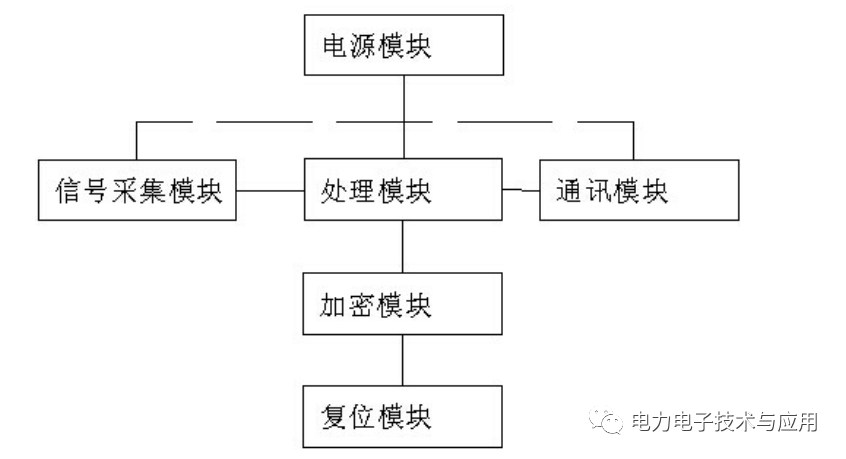
The security chip NRSEC3000 adopts a 32-bit embedded RISC architecture CPU. Its features include low power consumption, high performance, and high code density, with an independent memory protection unit (MPU) and memory encryption unit (MEU), making it a high-performance, low-power security chip with rich internal coprocessors and external interfaces.
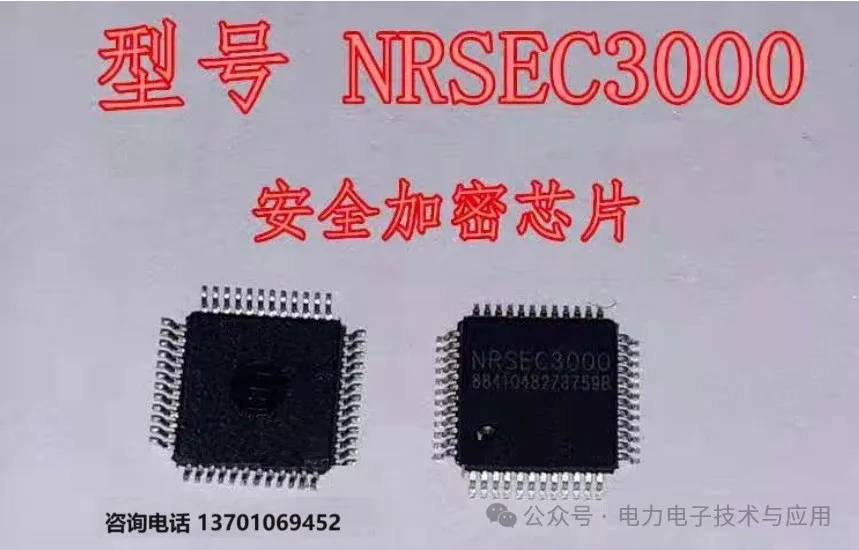
The chip implements the SM2 and SM1 algorithm-specific encryption modules required for national commercial password products, as well as DES/3DES encryption modules and RSA public key algorithm engines. Additionally, the chip provides a 32-bit hardware encryption processor that can be used to implement public key algorithms, hash algorithms, and symmetric algorithms such as AES/DES. The chip also features a 32-bit true random number generator (TRNG), which meets the cryptographic application needs of COS developers, saves software overhead, and improves software implementation efficiency.
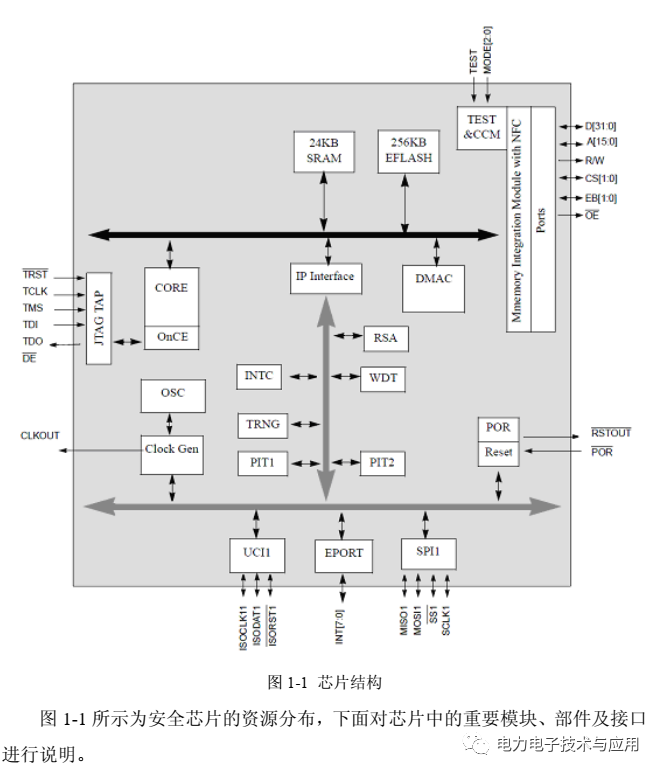
NRSEC3000 Product Features
1. The chip has rich external interfaces, including: 7816 (smart card interface, a type of serial port, half-duplex) master/slave transceiver, capable of implementing t=0 and t=1 protocols, supporting various communication rates; hardware SPI (a type of serial port, full-duplex) master/slave module.
2. The chip provides enhanced security features. By configuring the memory management unit (MMU), it completes working mode settings and related permission settings, enabling hardware-based security for multiple applications on a single card. Additionally, the chip offers safety mechanisms, including voltage and frequency detection mechanisms, program and data encryption storage mechanisms, and code protection mechanisms, to counter physical attacks and chip probing.
3. The chip is high-performance, low-power, with rich internal coprocessors and external interfaces.
Product Performance
SM2 Signature: 2.34s/transaction
SM1 Encryption/Decryption: 3.38mb/s
SM2 Key Generation: 1.62s/transaction
SM2 Signature Verification: 4.68s/transaction
SM2 Public Key Operation: 4.67s/transaction
SM2 Private Key Operation: 1.63s/transaction
This article is a compilation of relevant information from the internet, with thanks for the cited data and images. If there are any infringements, please contact the author for deletion.
If you need the NRSEC3000 chip, please contact 13701069452.
We are dedicated to the field of electric power IoT and energy internet, providing overall solutions for electric secondary security protection products, controllable microcomputers and surrounding products, and their after-sales services.
